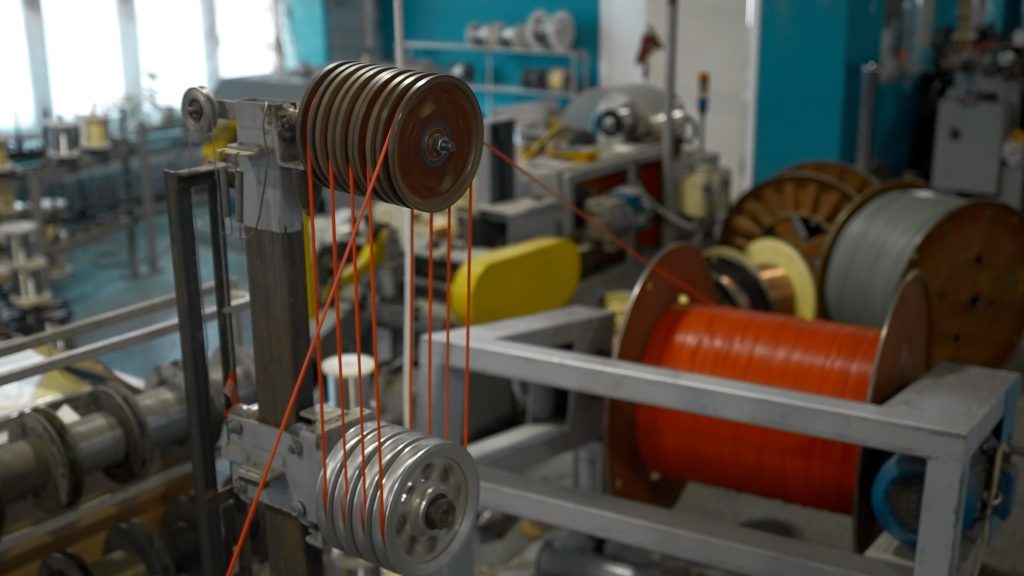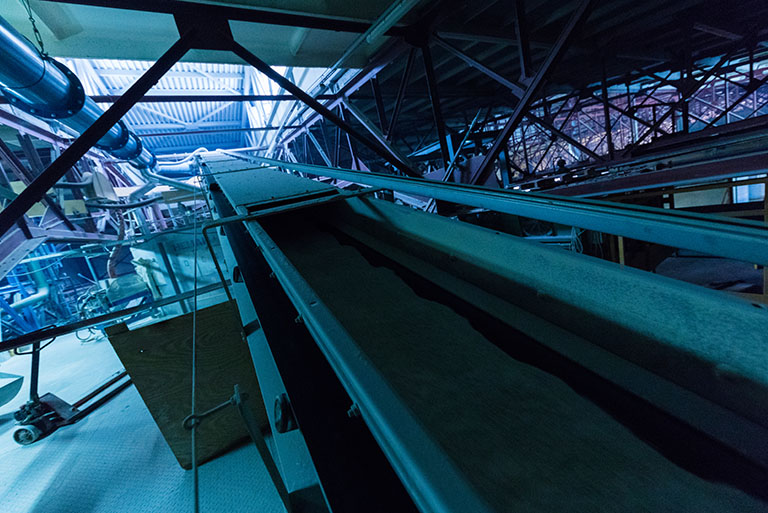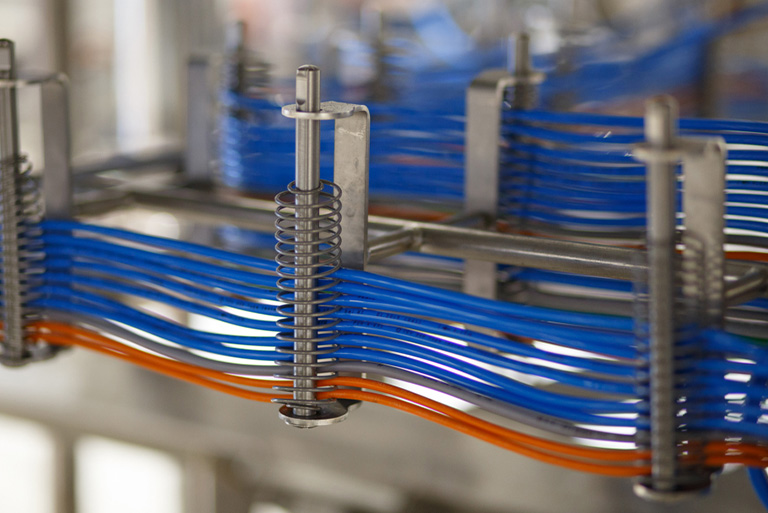Introduction
Why Cable Management Really Matters
Think about it, when you walk into a workspace, server room, or even a home setup, what catches your eye first? A neat, organized cabling system instantly signals professionalism, safety, and efficiency. On the other hand, tangled wires, dangling cables, and overcrowded ducts are more than just an eyesore, they’re hazards waiting to happen.
Proper cable routing isn’t only about “looking neat.” It’s about preventing downtime, avoiding hazards, improving performance, and making future maintenance so much easier. Whether you’re handling power cables, data lines, or control wiring, the way those cables are routed directly impacts system reliability.
Without a plan, cables can get tangled, strained, or even damaged over time. And when that happens? Expect intermittent signal losses, overheating, or worse—equipment failure. The good news: with a little strategy and the right techniques, cable management can transform from a headache into one of the smartest investments you’ll ever make.
Common Cable Routing Challenges
Let’s be honest, cable routing comes with its fair share of challenges. Some of the most common include:
Poor Planning: Many installers treat routing as an afterthought, leading to overcrowded conduits, sharp bends, and cables left exposed.
Heat Buildup: Cables stuffed in tight or enclosed spaces can overheat, shortening their lifespan and risking failure.
Interference Issues: Running power and data cables side by side without separation can cause electromagnetic interference, killing signal quality.
Overcomplicated Routes: Long, winding paths may look harmless, but they add strain and make troubleshooting a nightmare.
These issues highlight one thing, structured cabling isn’t optional; it’s essential.

Essential Tools for Cable Routing
Just like a carpenter needs the right saw, an installer needs the right cable management tools. Some essentials include:
Cable trays and raceways: to provide structured support for long runs and prevent cables from becoming disorganized.
Fish tapes and cable pullers: are essential for installations inside walls or ceilings, while clips, ties, and protective sleeves help secure cables and prevent tangling or abrasion.
Cable clips, ties, and sleeves – to keep lines secure and tangle-free.
Labeling systems: are also invaluable, especially when dealing with complex networks where quick identification can save hours of troubleshooting.
Having these tools not only makes the job faster but also ensures the installation remains neat, durable, and easier to maintain in the long run.

Techniques for Effective Cable Routing
Now, let’s talk strategy. Here are some golden rules for neat, efficient routing.
Good cable routing begins with a clear plan. Mapping out the route before installation helps avoid obstacles, keeps cables away from heat sources or sharp edges, and ensures that pathways are efficient and easy to maintain. Cables should follow the natural lines of the environment, with conduits or trays used to provide structure and support.
It is important to respect the manufacturer’s guidelines when it comes to bend radius since forcing cables into sharp turns can cause breakage or signal loss. Keeping power and data cables separated helps reduce electromagnetic interference, while labeling or color-coding cables makes it easier to identify them later. In environments where performance is critical, shielded or twisted-pair cables may also be necessary to keep systems running smoothly without disruption.
Pro tip: In high-performance environments, use shielded or twisted-pair cables to minimize interference.
Best Practices for Cable Tidiness
Neat cables = happy systems. Cable tidiness is not just about looks; it plays a major role in safety, performance, and system longevity. Neatly arranged cables reduce friction, minimize the risk of snagging, and improve airflow in enclosed spaces such as server racks or electrical cabinets.
Excess cable length should never be left dangling but instead coiled and secured neatly, while reusable Velcro ties are preferable to plastic ones that can pinch or damage insulation. Establishing a consistent routing standard across all projects ensures uniformity and makes maintenance easier.
Conducting regular checks is also useful since small problems can often be corrected before they grow into bigger and costlier issues.
Remember: tidiness isn’t vanity it prevents snagging, improves airflow, and extends cable life.
How Cable Routing Impacts Performance
The way cables are routed directly affects the performance of any electrical or data system. Poor routing can lead to signal loss, interference, or even complete failure if cables are physically damaged. Power cables that are bundled incorrectly may experience voltage drops, affecting the performance of connected equipment. In server racks or electrical panels, poorly arranged cables can block airflow, leading to overheating and reduced system efficiency.
In contrast, efficient routing keeps cables secure, ensures proper cooling, and protects systems from downtime or unnecessary repair costs. In essence, good cable management is not just about orderliness, it is an insurance policy against inefficiency and failure.

DIY vs. Professional Cable Management
While do-it-yourself cable routing may work for small or simple setups, large-scale or high-performance installations often require professional expertise. Professionals not only bring experience but also the foresight to design systems that are scalable, compliant with safety standards, and prepared for future expansion. They use specialized tools and techniques to create cable systems that are durable and reliable. Although hiring professionals may seem like a bigger upfront expense, it usually saves money in the long run by avoiding mistakes, downtime, and costly rework. For data centers, industrial facilities, or large offices, professional cable management is not a luxury but a necessity.
Conclusion
Proper cable routing is the unsung hero of every reliable electrical or data system. It’s not just about clean lines; it’s about safety, performance, and long-term savings. From the right tools and techniques to knowing when to call in professionals, every step matters.
So, if you’re setting up a new system or upgrading an old one, now’s the perfect time to rethink your cabling strategy.
Need help with your setup? Contact us today for a consultation and let’s design a neater, safer, and more efficient cable infrastructure that stands the test of time.





